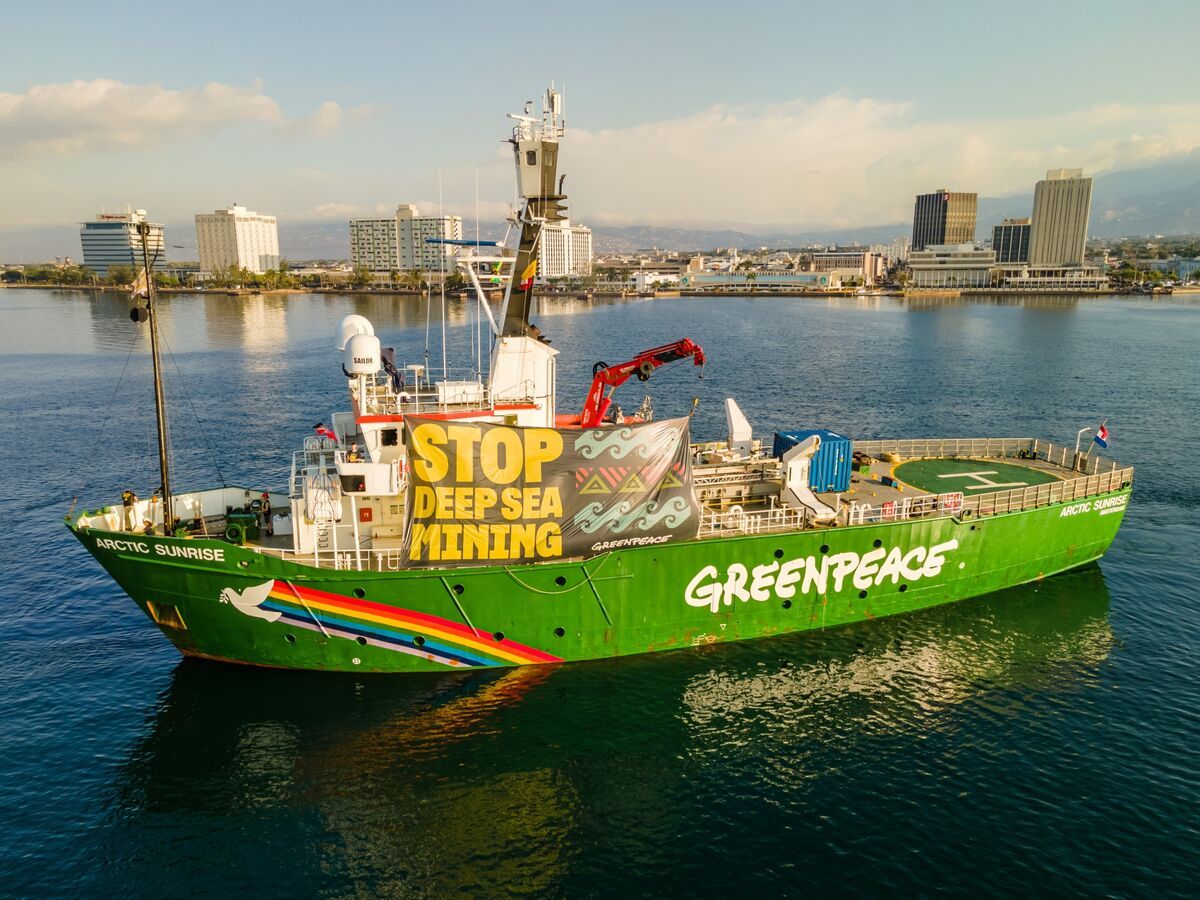

Scottish Association for Marine Science marine ecologist Dr Andrew Sweetman.
Photo/Supplied
Discovery of dark oxygen could implode deep sea mining plans
A discovery in the Pacific Ocean suggests the life-giving chemical is being produced 4,000 metres under the sea, in total darkness, but what implications could it have for deep sea mining?


Sāmoa Prime Minister bans nation’s only newspaper from government access

Pacific voices lead the way as WIPCE kicks off in Auckland, urging Indigenous solutions


Pacific nations tighten maritime security as China signals greater presence in the region

Sāmoa Prime Minister bans nation’s only newspaper from government access

Pacific voices lead the way as WIPCE kicks off in Auckland, urging Indigenous solutions

New research has challenged previous beliefs about how oxygen is produced, and could impact efforts of some Pacific nations to explore deep sea mining.
Seafloor Ecology and Biochemistry Research Group marine ecologist Andrew Sweetman says this breakthrough discovery was made in a stretch of ocean between Hawai’i and Mexico.
“We’re trying to measure seafloor respiration and we couldn’t. Every time we would put down our instruments, they would show that the oxygen was going up as opposed to going down, and for about ten years we thought that our instruments just weren’t working.
“Eventually we came to the conclusion that they must be working, and what we were seeing at the seafloor was actually a real process going on.”
Sweetman said this discovery upends previously held beliefs in the scientific community.
“When I was in high school and university, I was taught that the production of oxygen was only possible through photosynthesis.
“Where we were working in the Pacific Ocean, the depth there is around 4,500 metres deep, so sunlight doesn't penetrate that deep, and yet we were seeing oxygen increase.
“We're still trying to figure out what's driving the process, but something down there is capable of generating oxygen without the need for sunlight.”
How does it produce oxygen?
The research area, the Clarion-Clipperton zone, is highly prized for trillions of polymetallic nodules along the sea floor, which are rich in metals like cobalt, lithium and nickel. These metals can be used for batteries, electric vehicles, wind turbines and electrical wiring.
The area has already been targeted for deep sea mining with licences issued for countries to start mining from 2026.

Deep sea mining has been the subject of various protests from environmental advocates. Photo/Supplied
Sweetman said more research is needed, but these same nodules could be the key to what’s producing dark oxygen.
“There are certain metals within these manganese oxides that have a higher electrical charge than others, and if you have different electrical charges within a deposit, there are channels for electrons to flow in these manganese oxide deposits.
“They're layered structures so electrons can flow in between the layers. If you have seawater, which is an electrolyte, and you have electrons flowing, there's enough charge being created.”
The Cook Islands, Kiribati and Nauru are keen to pursue economic opportunities with deep sea harvesting, however nations such as Fiji, Tonga and Samoa are in favour of a moratorium.
Sweetman said while many of these minerals will help towards green technology, more research is needed to see if harvesting them will disrupt sensitive ecosystems, and how to minimise that.
“This discovery shouldn't be used by people to say, ‘Hey, this has been found, so no to deep sea mining’.
“If we do decide as a society that we need to go into the deep ocean to mine metals to help us get to achieve net zero, then we can use this information to basically undertake the mining in the most environmentally sustainable way.”
However, Sweetman warned any research must be done quickly.
“We don't have the time, we don't have the luxury of finding out everything that we can about the seabed and those types of things because climate change is upon us, it's happening right now.
“And it's not the mining company's fault that we need to make decisions quickly, it's the fact that we've been burning fossil fuels left, right and centre for God knows how long.
“The timeline needed to figuring this out is probably not gonna be 10 years, it may be two or three years more of research before we figure it out.”
Deep sea mining company, The Metals Company, have questioned the discovery, and said it could have been caused by trapped air bubbles or leaking electricity from the research equipment.
Watch the full interview with Dr Andrew Sweetman with Samson Samasoni on Pacific Mornings: